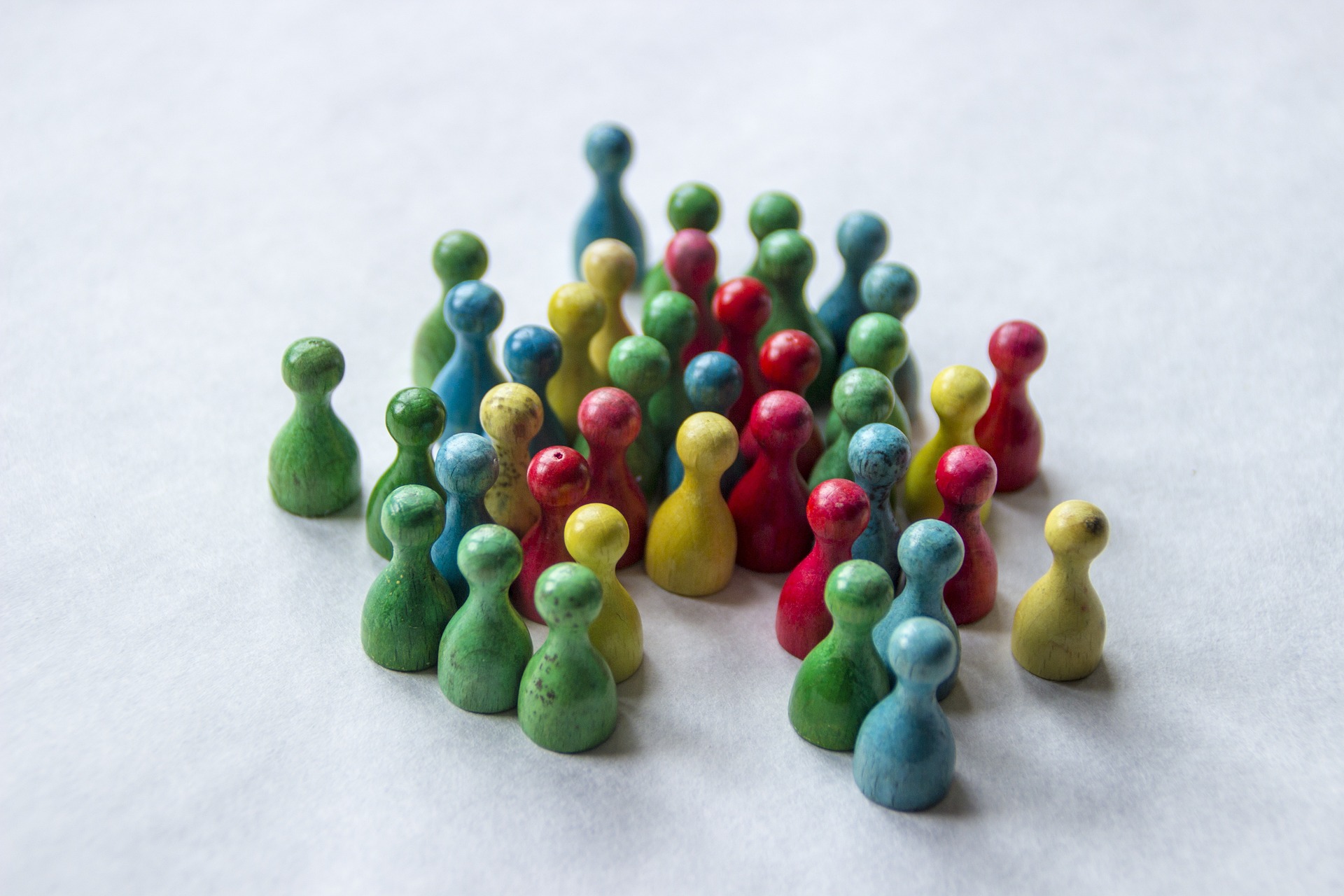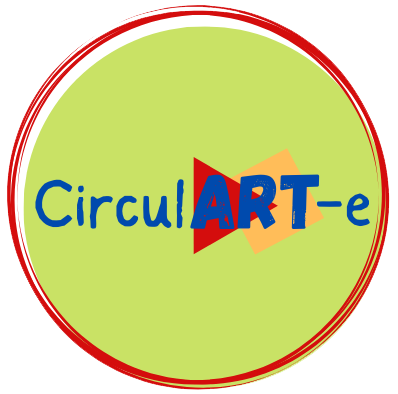
Theoretical Framework of the CirculART-e methodology
Purpose of this framework
This framework is a short overview and introduction to the topic of circularity, the aims of the CirculART-e project, as well as the methodology behind the Digital Guide for blended training and visual art creation you can find here and in the activities of the guide.
The framework is intended to provide some insight into the methodology and practical application, the structure of the guide, and how it can be implemented by you, as a trainer, practitioner, social workers, or educator.
What is Circularity?
Circularity, as a central theme, finds resonance in the realms of economy and lifestyle shaping brand new approaches. In the economy, the concept of a circular economy advocates for regenerative practices, where resources are continually reused, repaired, or recycled, thus minimising waste and maximising sustainability. Embracing circularity in lifestyle involves adopting mindful consumer habits, opting for products with longer lifespans, and reducing one’s ecological footprint through conscious choices. This multifaceted interplay of circularity illuminates its capacity to engender transformative change, fostering a harmonious relationship between human endeavours and the natural world.
The structure of the Digital Guide
The Digital Guide for blended training and visual art creation has been developed with a main step-by-step structure. Thus, practitioners can easily go through the guide and easily find practical activities that are interesting, educational, and informative for their learners.
Step 1 is to choose a topic in the guide which corresponds the most to the needs and interest of your learners. There are three topics to choose from:
- Visual identity and heritage
- Soft skills
- Upcycling and circular lifestyle
The main page of the Digital Guide allows you to have a clearer description on all three topics and choose which activities you want to explore most.
While the topics were divided into three areas, most of the activities explore the field and topic of the respective other areas as well. The distribution was made to accommodate an easier overview over all activities.
Step 2 is to explore each of the provided activities of the respective topic you chose. Each topic has between 4-6 activities which use different formats and foster various skills and competences among the learners.
In the activities area you can find a short description, as well as general information on its duration, participant number, materials needed, and the skills and outcomes it envisions.
In case you do not find an activity you want, we invite you to check out the activities of the other main topics. There might be something interesting and new for you there!
Once you have chosen a activity, you can find a more detailed description for each of them. Activities are structured in:
- Activity description: for an easy insight into what the activity is about
- Video tutorial: some activities also have a video tutorial to explore and understand the activity better
- General description: for an easy overview over whether this activity is appropriate for your learners
- Description: step-by-step instructions on the activity and how it can be conducted
- Additional resources/ tutorial: some activities also post additional resources and materials, or tutorial, than can be explored for further impact and understanding
In case you are missing any of the materials or want to ask for further details, please do not hesitate to contact your national partner under the main menu of the website.
In the frame of youth work and non-formal education as a context and method, the Training programme Digital guide of the “Circulart-e” project CirculART-e. Digital Guide for digital training and visual art creation builts on n.6 specific skills to support that have been identified transnationally thanks to an action-research process in the local community of each project partner in Europe (see the Circularte handbook):
Understanding and expressing feelings and emotions through visual forms of expression in a context where verbal communication is an obstacle.
Learning to use digital tools and forms of expression can: foster communication and the development of professional skills useful for increasing employability, improve self-esteem and the possibility of feeling more included in the local community.
To become aware of one’s internal and external ‘environment’, helping the person to organise and classify its elements, to identify the correlations and interactions between them and to understand the main impacts of the elements on each other.
To become aware of one’s own identity and accept diversity as a natural fact of the human being; learning the complexity of communication and how to use different languages to connect with people with international backgrounds.
A large variety of skills permitting to improve someone’s understanding of the complex issues of the surrounding society and behaving in an integrated manner within it.
Newcomers and young people in general need to understand how their skills and interests can respond to the request of the job market in the local context and identify new learning objectives to enhance their employability: leadership skills, management skills, strategy making skills.
This Training programme contains a selection of multimedia edu-tools aimed to promote the culture of “circularity” by proposing active methods and visual techniques focusing on (1)visual heritage and identity, (2)soft skills, (3)re-cycling and upcycling.
The guide consists of:
- A youtube channel containing educational video-tutorials supporting the blended educational method
- Descriptive sheets for the implementation of activities within the “Digital guide” section of the CirculART-e website
The purpose of the Digital Guide

The Digital Guide serves as a support and helpful tool for practitioners and trainers in guiding their learners towards a more circular and sustainable lifestyle, while teaching them skills that are useful for their private and professionals life. This is done through artistic and creative activities and exercises which can easily be adapted to different groups of learners and participants.
Youth workers, educators and professionals working with youth can use this guide to support young people belonging to minority groups with social, cultural and economic obstacles in the development of their sense of initiative and social entrepreneurship.
The activities proposed lead to the creation of physical or digital products which reflect participants’ identities and feelings about their role in their social and cultural environment.
The CirculART-e practices support the European Green Deal launched by the European Commission in 2019 from the educational point of view because it aims to raise self-awareness and integrate practices based on the culture of circular economy as a lifestyle.
Does it work?
The activities of the CirculART-e project were tested with various participants and learners, as well as with the trainers, in all partner countries (Italy, Germany, France, Spain, and Hungary). The tutorial videos were made by the trainers and partners themselves, sharing their insight into the activities and how they can be conducted in an easily understandable and engaging way.
We invite you to also check out the CirculART-e handbook on youth empowerment and social inclusion which provides more insight into the methodology and the activities!

